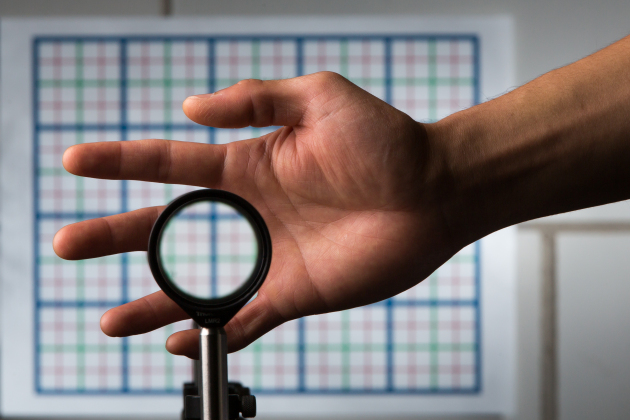
Researchers from the Cockrell School of Engineering at the University of Texas at Austin have determined that there arefundamental restrictions that apply when making objects invisible.
The good news is that the new research confirms that invisibility is indeed possible. It may get more difficult to keep things hidden from more than one wavelength of light at a time, but objects can be completely cloaked on a single bandwidth.
It almost sounds too good to be true. Andrea Alù, an electrical and computer engineering professor who led the study, asks what is one everyone’s mind: “The question is, ‘Can we make a passive cloak that makes human-scale objects invisible?” Unfortunately, the answer appears to be ‘no.’
“We have shown that it will not be possible to drastically suppress the light scattering of a tank or an airplane for visible frequencies with currently available techniques based on passive materials,” explains Francesco Monticone, a graduate student working alongside Alù.
The shorter the electromagnetic wavelength, such as visible light, the more difficult it is to cloak an object. And, perhaps unsurprisingly, the larger the object, the more difficult it is to hide. These facts combine to mean that while we can make something like an antennae or military radar invisible to radio waves, it is nearly impossible to cloak something the size of Harry Potter from the naked eye.
Although these findings might feel like a defeat in some ways, there is room for optimism. For one thing, these boundaries only apply to ‘passive’ cloaking materials that don’t require external energy to be pumped into them. “If we want to go beyond the performance of passive cloaks, there are other options,” Monticone explains. “Our group and others have been exploring active and nonlinear cloaking techniques, for which these limits do not apply.”
This won’t be without its own challenges. “Even with active cloaks,” Alù explains, “Einstein’s theory of relativity fundamentally limits the ultimate performance for invisibility. Yet, with new concepts and designs, such as active and nonlinear metamaterials, it is possible to move forward in the quest for transparency and invisibility.”
Science advances by ruling out possibilities, and by pinpointing the threshold between an object’s transparency and its size, future researchers will now be able to work towards optimising the performance of cloaking materials withinthese limitations. After all, think of all the scientific breakthroughs that happened as a result of contemplating the unbreakable speed of light.
But until then, we’ll just have to leave invisibility to Hollywood.
Read more at: sciencefocus.com

